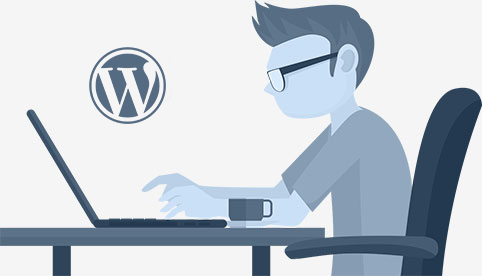Web accessibility is essential in the modern age with its increasing interdependence, where the internet is a portal to information, services, and social interaction. Beyond technological concerns, web accessibility is a basic value that guarantees everyone, regardless of ability, equal access and opportunity. We will explore why web accessibility matters, provide practical tips for making websites accessible to people with disabilities, and outline guidelines for obedience to create a more inclusive digital space.
- The Importance of Web Accessibility:
- Inclusive Digital Society:
Web accessibility is not just a feature; it’s a commitment to diversity. A website that is accessible makes sure that individuals with disabilities, including those with visual, auditory, motor, or cognitive impairments, can interact with online content effortlessly. This openness aligns with the larger social objective of building a digital environment where no one is left behind.
- Legal and Ethical Obligations:
Beyond being morally essential, web accessibility is often a legal requirement. Many countries and regions have implemented regulations, such as the Americans with Disabilities Act (ADA) in the United States or the Web Content Accessibility Guidelines (WCAG) globally, mandating that websites be accessible to all users. Following these rules is not only required by law, but it is also morally correct.
- Practical Tips for Web Accessibility:
- Alt Text for Images:
Ensure that all images on your website have descriptive alternative text (alt text). Screen readers read this text aloud to people who might not be able to see its images, providing them with context.
- Caption Videos:
Include captions or transcripts for videos to make the content accessible to individuals with hearing impairments. This not only helps those who are deaf but also benefits users in noisy environments.
- Readable Fonts and Contrasting Colors:
Choose readable fonts and ensure there is sufficient contrast between text and background colors. This benefits users with visual impairments and enhances the overall readability of the content.
- Keyboard Navigation:
Make your website easy to navigate using just a keyboard. This is important for users with motor impairments who may depend on keyboard commands instead of a mouse.
- Logical Heading Structure:
Organize your content with a logical heading structure. This helps screen readers provide a meaningful outline of the content, helping users understand the page’s structure.
- Guidelines for Compliance:
- Web Content Accessibility Guidelines (WCAG):
WCAG, developed by the Web Accessibility Initiative (WAI) of the World Wide Web Consortium (W3C), is the gold standard for web accessibility. It provides a thorough set of rules that are divided into four categories: visible, functional, understandable, and robust. These recommendations cover a wide range of topics, from creating easily navigable and understandable interfaces to offering text choices.
- Testing and Evaluation:
Regularly test your website using web development services Kolkata, and conduct user testing with individuals with disabilities. This ongoing process helps identify and address potential barriers to accessibility.
- Training and Awareness:
Ensure that your development and content creation teams are trained in web accessibility best practices. The first step in incorporating accessibility from the beginning of the development process is raising awareness within your company.
Being web accessible means creating a digital environment that is welcoming, inclusive, and respectful of people with different abilities rather than just checking a box on an approval list. We can all help close the digital gap by putting these helpful tips into practice and following rules so that everyone can use the internet, regardless of ability. Let’s keep in mind that real development in the digital age is determined not just by technological advancements but also by how accessible such advancements are.



